双向无线充电系统仿真研究毕业论文
2020-04-12 08:48:47
摘 要
近年来国家和地方政府开始推广电动汽车的使用,促进了电动汽车的商业化,与此同时电动汽车的发展仍然受到一些因素的限制,电动汽车的充电问题便是其中之一。在目前得到广泛应用的充电方式仍然是充电桩,但是充电桩的建设不仅会消耗巨大的人力和财力,而且会占用大片的城市土地,这在人口密度大、交通繁荣的地方是行不通的。随着科学技术发展,这几年磁耦合谐振式无线充电技术有了很大的突破发展,逐渐走进了人们的视线(如手机无线充电)。如果将这种技术应用在对电动汽车的充电上,许多问题将迎刃而解。应用无线充电将会有如下优点:(1)减少充电设备的占地(2)可以实现边行驶边充电解决续航里程短的弊端。由此可以预见无线充电技术能够推动电动汽车行业的发展。本文主要是对电动汽车双向无线充电系统的仿真研究,从整个系统的结构模块入手,先对无线输能系统中的整流模块、高频逆变模块、传输线圈模块进行介绍和分析,对典型的谐振拓扑结构使用电路理论和耦合模型理论进行分析,比较其各自的特点和优势,并且对整个充电系统进行仿真分析,对谐振耦合结构进行优化。
本文首先对国内电动汽车的发展现状进行阐述并指出目前发展存在的一些问题,简单介绍了无线充电技术的分类,阐述了国内外对无线充电技术的研究状况和一些研究成果。其次对整个磁耦合谐振式双向无线充电系统分成几个重要的模块进行分析介绍,主要有对整流电路和高频逆变电路的不同结构的分析和选择、谐振线圈统的电路理论和耦合模型理论的分析,为后续研究奠定了基础。对于磁耦合谐振系统应用于电动汽车充电的某些特殊情况,对应用不同的谐振拓扑结构的充电系统进行有限元仿真,搭建电动汽车无线充电系统并对模型分析进行验证,通过仿真分析其各自特点。
关键词:磁耦合谐振,电动汽车,双向无线充电、谐振拓扑
Abstract
In recent years, national and local governments have begun to promote the use of electric vehicles and promote the commercialization of electric vehicles. At the same time, the development of electric vehicles is still limited by some factors, among which the problem of electric vehicle charging is one of them. At present, charging piles are still widely used, but the construction of charging piles will not only consume huge human and financial resources, but also occupy large areas of urban land, which is not feasible in places with high population density and traffic prosperity. With the development of science and technology, the magnetic coupling resonant wireless charging technology has made a great breakthrough in recent years, and has gradually come into the sight of people (such as mobile phone without If this technology is used to charge the electric vehicle, many problems will be solved. The application of wireless charging will have the following advantages: (1) reducing the occupying area of the charging equipment (2) can realize the disadvantages of the short distance of the battery with the edge of the charge to solve the short range of the endurance. This paper mainly focuses on the simulation of the bidirectional wireless charging system of electric vehicles. Starting with the structure module of the whole system, it introduces and analyzes the rectifying module, the high frequency inverter module and the transmission coil module in the wireless energy transmission system, and uses the circuit theory for the typical resonant topology structure. And the coupling model theory is analyzed, their respective characteristics and advantages are compared, and the whole charging system is simulated and analyzed to optimize the resonant coupling structure.
In this paper, the current situation of domestic electric vehicle development is first expounded and some existing problems are pointed out. The classification of wireless charging technology is briefly introduced, and the research status of wireless charging technology at home and abroad and some research results are described. Secondly, the whole magnetically coupled resonant bidirectional wireless charging system is divided into several important modules, including the analysis and selection of the different structures of the rectifier circuit and the high-frequency inverter circuit. The analysis of circuit theory and coupling model theory of resonant coil system lays a foundation for further research. For some special cases in which magnetically coupled resonance system is applied to electric vehicle charging, it is not applicable to electric vehicle charging. The charging system of the same resonant topology is simulated by finite element method, and the wireless charging system of electric vehicle is built and the model analysis is verified, and their respective characteristics are analyzed by simulation.
Keywords: magnetic coupling resonance, electric vehicle, bidirectional wireless charging, resonant topology
目录
第1章 绪论 1
1.1引言 1
1.2无线充电技术的分类 1
1.2.1电磁感应式 2
1.2.2磁共振式 2
1.2.3电磁耦合式 2
1.2.4微波谐振方式 3
1.3国内外研究现状 3
1.3.1国外研究现状 3
1.3.2国内研究现状 4
1.4本文研究内容 5
第2章 双向无线充电系统的介绍 6
2.1电动汽车无线充电系统基本构成 6
2.2整流装置 7
2.3DC/DC调压电路 7
2.4高频逆变电路的介绍 10
2.4.1半桥逆变电路 10
2.4.2全桥逆变电路 11
2.4.3E型逆变电路 11
2.5传输线圈 12
2.5.1传输线圈的拓扑结构 13
2.5.2 对传输线圈的理论分析 13
2.6谐振拓扑的介绍 15
第3章 典型谐振拓扑的介绍 17
3.1 SS型拓扑结构 17
3.2 LCL型谐振拓扑 19
3.3 LCC型谐振拓扑 20
3.4 三种谐振拓扑的对比 21
3.4.1传输功率 21
3.4.2谐振电容电压 21
第4章 双向无线充电系统的仿真及分析 22
4.1仿真模型的介绍 22
4.2 SS型谐振拓扑的仿真及结果 23
4.3 LCC型谐振拓扑的仿真及结果 24
4.3 仿真小结 25
总结 26
参考文献 27
第1章 绪论
1.1引言
众所周知,随着城市化的推进,交通道路上的汽车也越来越多,传统车辆的普及带给人们出行方便的同时也给城市造成了严重的污染。汽车尾气排放的温室气体会引起温度升高导致全球变暖,对环境造成空气污染;汽车的鸣笛声音和轰鸣声使得环境的分贝增加,对环境造成噪音污染;同时汽车排放气体和雨混合后形成酸雨等,对环境造成水污染。为了能在保证经济健康持续发展的同时保护环境,越来越多的研究把环境友好作为产品研究的重要指标。因此尝试开发电动汽车来作为以汽油为燃料的传统汽车成为了当下汽车开发的重要课题,电动汽车具有清洁、环保和节能等优点。[1]
电动汽车的电池容量、充电效率和电池寿命的限制导致电动车的行驶里程短,充电时间长,电动汽车的发展和推广受到限制。因此,有效实施电动汽车充电是加快电动汽车普及应用的关键。目前对电动汽车的充电方式还是主要依靠充电桩。然而随着电动汽车数量的增加,单一的建设充电桩不仅会耗费大量的人力和财力,而且充电桩会占用越来越多的城市用地,这在城市的建设规划中肯定是行不通的,同时充电桩本身也存在着许多安全隐患。相比而言,无线充电方式具有充电灵活、不受限于空间和位置的优点,无线充电能够对电动汽车进行安全又快速的充电。随着技术的进步和实际的需求,双向无线充电系统得到了越来越多的重视和发展。
1.2无线充电技术的分类
无线充电技术是指在对电池充电时不需要通过传统的导线进行电能传输而是借用磁场完成能量传输。目前主要把无线充电技术分为四类。第一类是电磁感应式,其原理是当电流通过线圈会产生磁场,同时这个感生磁场会对附近的线圈产生感应电动势以此产生电流,这种方式具有能量传输效率高、做工简单的优点,但是只适合用于短距离传输。第二类是磁共振式,其原理是利用发射端和接收端达到共振,利用共振效应进行能量传输,这种方式是目前工业发展的重点,也是本文应用到电动汽车的充电方式,具有灵活性好和传输效率高的特点。第三类是电场耦合式,其原理是利用通过沿垂直方向耦合两组非对称偶极子而产生的感应电场来传输能量,它具有传输效率高、发热较小等优点,但是传输功率较小,只适用于短距离传输。第四类是无线电波式,它是以微波的形式发射电能,将环境中的电磁波作为传输介质,在接收端利用相关技术将环境中的电磁波整流调制转化为电流后再进行使用,虽然可以做到随时随地都能够充电,但是传输效率特别低而且传输功率也较小。
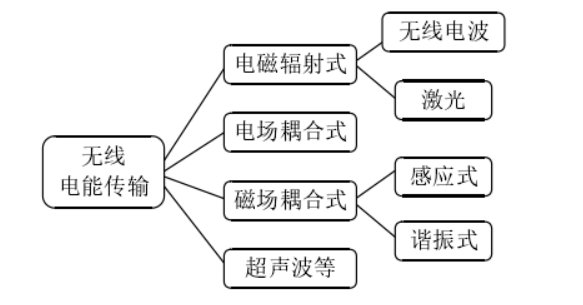
以上是毕业论文大纲或资料介绍,该课题完整毕业论文、开题报告、任务书、程序设计、图纸设计等资料请添加微信获取,微信号:bysjorg。
相关图片展示:
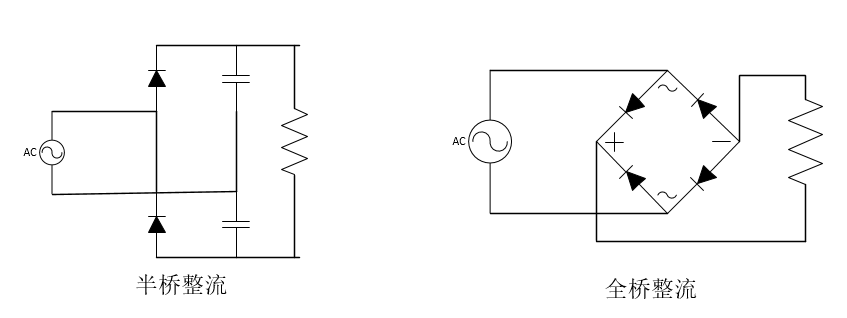
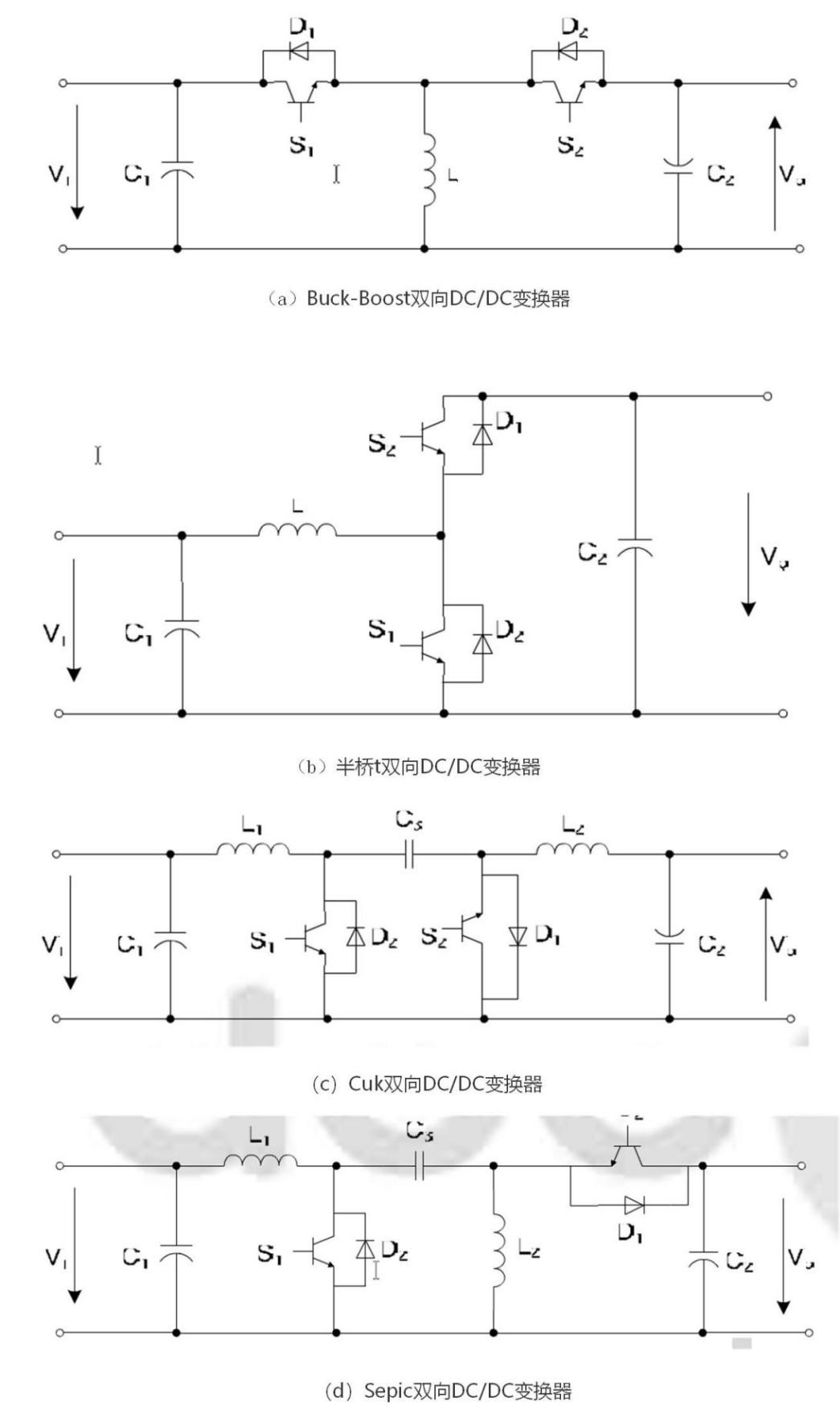
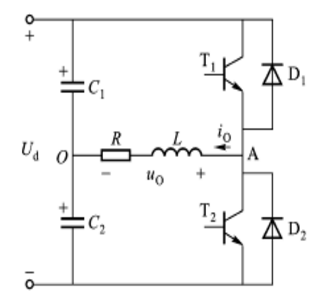

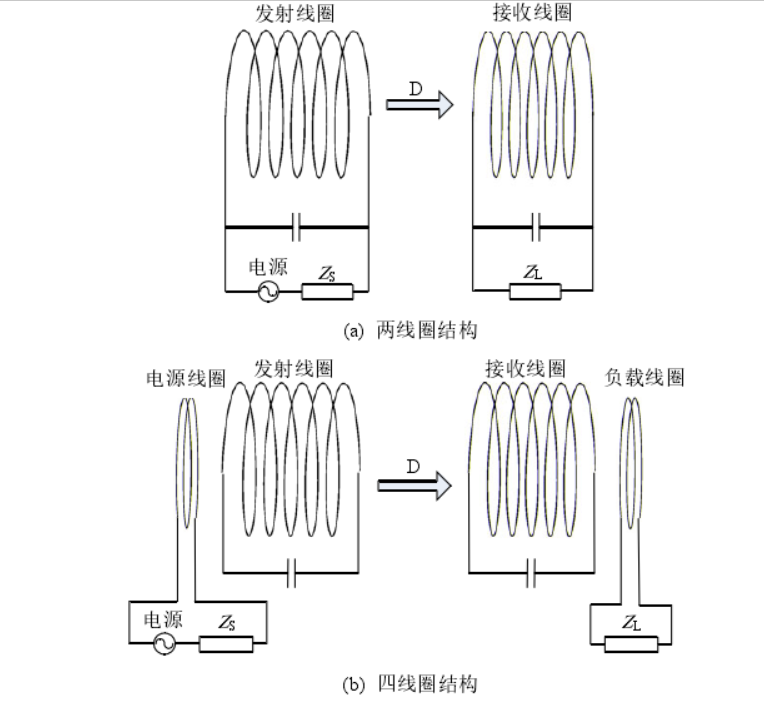
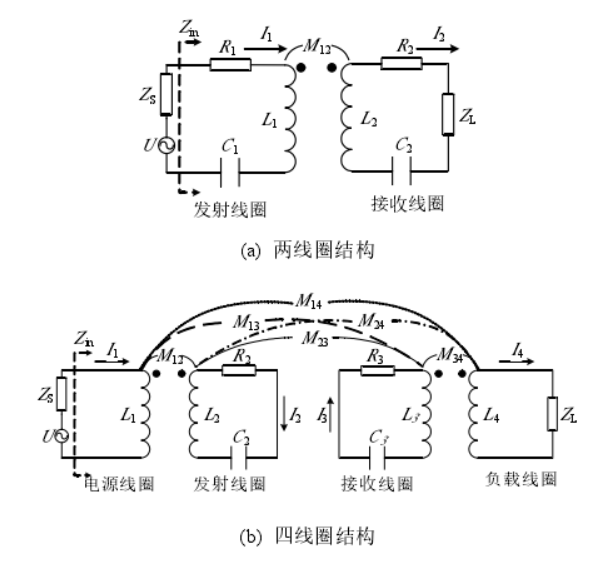
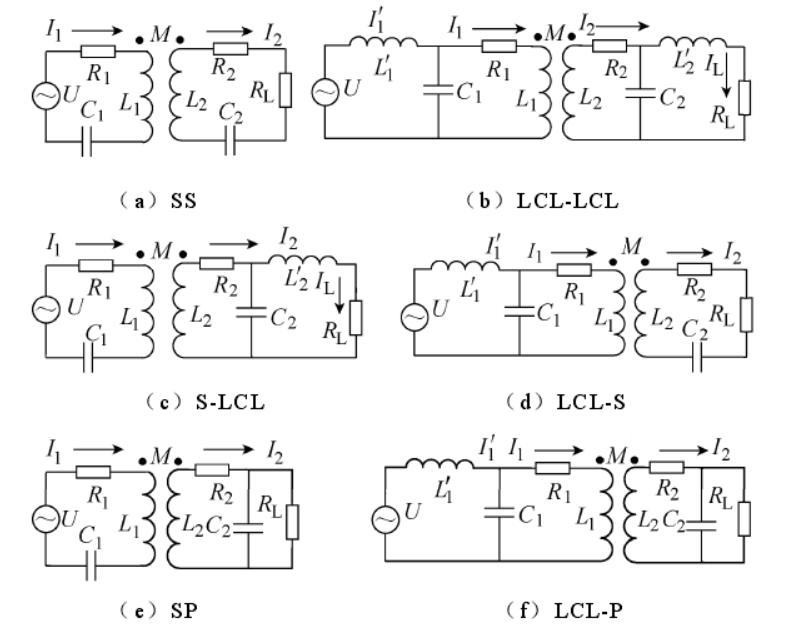
课题毕业论文、开题报告、任务书、外文翻译、程序设计、图纸设计等资料可联系客服协助查找。



